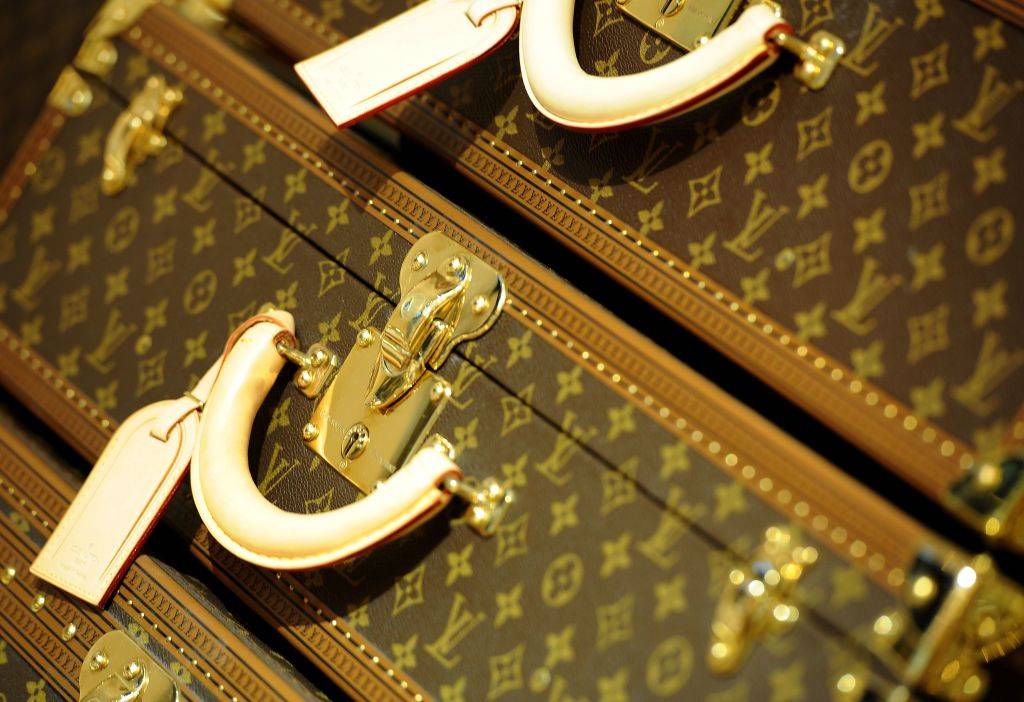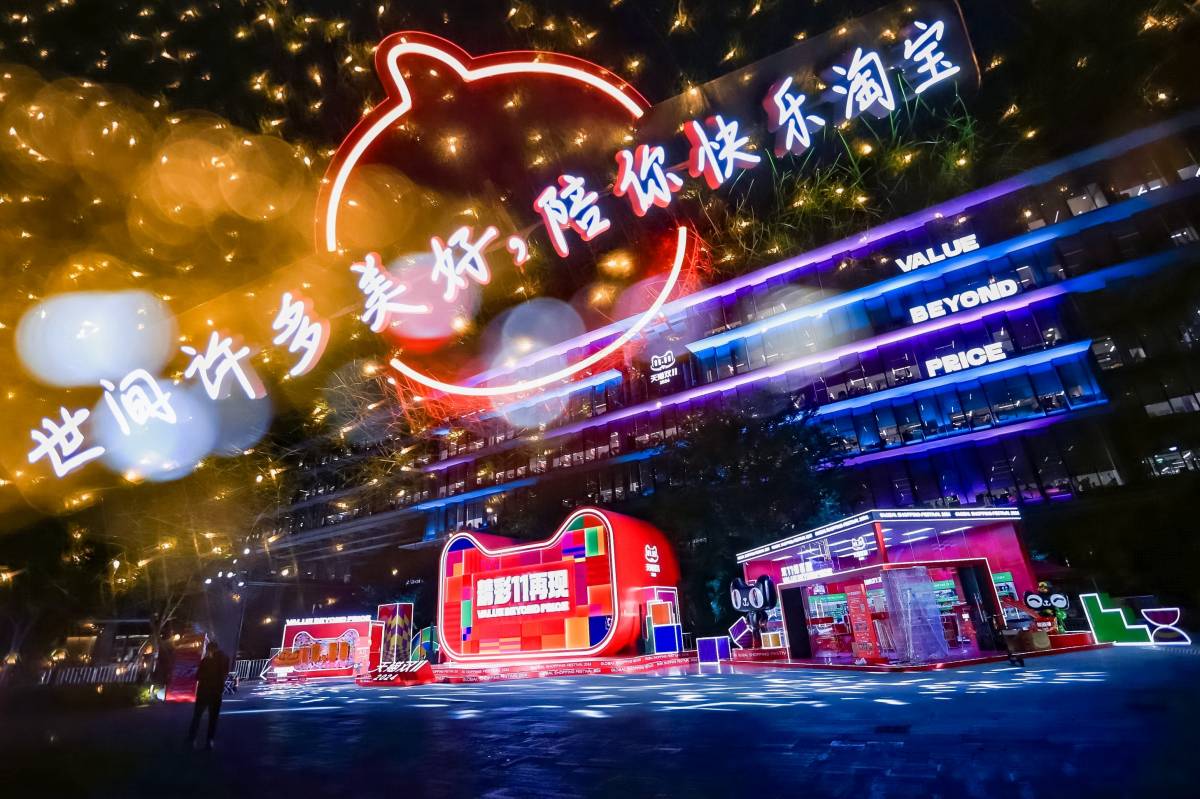
Photo credit: Getty
Luxury brands are revamping connections between online and offline shopping channels ahead of high-spending Chinese tourists’ return to the world’s fashion hotspots, said industry executives.
Digital avatars, gamification and white-glove online services are part of the new retail experience demanded by Chinese shoppers after three years of strict COVID restrictions and reliance on e-commerce.
As they start to roam again after China’s borders reopened on Jan. 8, these travelers want the same seamless and fun shopping journey overseas as they get at home. They may also be looking for something highly specific that they have already researched online.
“Consumers have changed drastically over the past few years. They’re even more connected and tech-savvy,” said Paris-based Alibaba Group executive Nicolas Cano who helps French, Swiss and German luxury brands sell to Chinese consumers.
Big Luxury Spenders
Globetrotting Chinese were the top spenders among nations pre-pandemic, racking up $255 billion of overseas purchases in 2019, according to the United Nations World Tourism Organization. After a three-year hiatus, China’s reopening will lift luxury goods sales by 20% this year and account for 60% of spending growth by 2030, per analysts at Morgan Stanley, a bank.
Luxury brands and industry analysts expect mainlanders’ shopping trips to gather momentum around mid-year after consumers navigate a backlog of passport renewals and visa applications. Many would-be tourists are also waiting for the price of flights to drop as airline capacity recovers.
Executives at LVMH and Richemont, two of the world’s largest fashion conglomerates, forecast that Chinese tourists will make short-haul trips to Hong Kong before appearing around mid-year in European fashion meccas, such as Place Vendôme, Bond Street and Via Monte Napoleone.
A 25% to 45% price gap between fashion and leather goods in mainland China and Europe is stoking Chinese consumers’ wanderlust. “A discerning, price sensitive luxury customer may have postponed their purchase of large ticket leather goods purchase more than that of other small ticket items,” said Barclay’s analysts in a report.
While the uber-rich were among the first out the gate when China’s border reopened, early indications show they continued to purchase luxury goods in China, probably to maintain their VIP status at stores. However, the good news for brands is that as the year progresses, overall demand from Chinese consumers may offset a dip in US buying, according to Morgan Stanley.
“China should become the industry’s growth engine from this year on, and we expect brands at the top of the luxury-goods pyramid to benefit the most,” said Morgan Stanley equity analyst Edouard Aubin.
While footfall in physical stores will likely pick up, Alibaba’s Cano cautions that luxury companies should provide compelling in-store experiences to keep Chinese consumers engaged. If customers can’t find what they want in the color or size they desire, they should be able to buy it online quickly.
“[Brands] need to connect with these new consumers and to use and leverage technology to engage with them in a more omnichannel way,” said Cano in an interview with Alizila. Omnichannel in the retail industry denotes commerce that integrates interaction across desktops, mobile devices and brick-and-mortar stores.
According to consultancy McKinsey, more than 70% of Chinese consumers are now “true omnichannel shoppers”. A survey found that nearly 60% of wealthy Chinese travelers research a product online before buying it, for instance.
Alibaba’s Cano noted that many of his luxury customers, including Swiss watchmaker Piaget and French jeweler Cartier, have already upped their digital game in China, the world’s largest e-commerce market. A presence in the market allows them to understand China's digitally savvy consumers and serve them effectively when they travel abroad.
Shoppertainment
Online retail sales accelerated during the pandemic, and Chinese consumers have grown accustomed to the convenience of orders delivered to their doorstep.
Many brands turned to e-commerce platforms, such as Alibaba’s B2C digital marketplace Tmall when cross-border travel ground to a halt, including Italy’s Brunello Cucinelli and Berluti.
They are now set to reap an omnichannel windfall as Chinese travelers recognize their storefronts in Milan, New York or Paris from their online shopping experience in China.
For British glovemaker Dents, the return of Chinese tourists to London’s department stores Harrods, Selfridges and Liberty creates a virtuous circle between its physical points of sale and online stores. The glovemaker to British royalty opened a digital store on Tmall two years ago.
“The reopening after COVID has been really important because we are seeing Chinese customers visiting again, thank goodness,” Dent’s CEO Deborah Moore told Alizila. “When a foreign visitor of any nationality comes and sees our brand in major department stores, it just reinforces the importance of the Tmall store.”
Larger brands are leading the way in making shopping fun, said Alibaba executives. New York luxury handbag label Coach was also among the first on the platform to experiment with offering digital collectibles, now a popular trend.
“We've been working with [Coach] to make sure that we can digitalize the whole customer journey and really bring the consumers closer to them,” said London-based Tmall executive Mei Chen.
Instant Gratification
Tmall’s Chan warns against gimmicky innovation to serve Chinese consumers – instead, brands should focus on solving customers’ frustrations, such as waiting in line.
The near-instant gratification of online shopping is also going offline in China. Alibaba is leveraging the metaverse to allow shoppers to jump the queue with a Meta Pass, free entry into the e-commerce giant’s metaverse. The pass gives the holder rights to luxury services such as priority purchase of products and admission to brands’ offline activities.
“In the past, you can think about this physical experience of going to that flagship store of a luxury brand and getting a glass of champagne. We're not going to bring that to the digital world. But what we can do is really upgrade those experiences, taking it to the next level,” Chan said.

She pointed to personalization, including virtual reality try-ons for products such as watches or helping shoppers understand what they are buying without physically being about to feel or smell a product.
For example, Spanish fashion and beauty giant Puig recently unveiled a Scent Visualizer tool on Tmall that helps customers picture the smell of a particular perfume by showing them a collage of images representing its main olfactive ingredients.
Such innovations are increasingly likely to be trialed in China before finding their way to Western markets, reversing the long-standing direction of travel.
“China is the laboratory for all the brands in the world,” remarked Tmall’s Chen.
Every promotion, everything that happens at the outlets, we have it online... Consumers can just shop anywhere if they don't want to carry all their luggage back to China
Traveling Light
As Chinese tourists start to open their wallets again, they won’t relish carting their purchases back home.
Alibaba’s Tmall Global, China's largest cross-border online marketplace, is trying to take another hassle out of luxury shopping for travelers through a special arrangement with Shop Premium Outlets, where brands sell clearance, on-sale and outlet inventory directly to consumers. Chinese consumers can now purchase products from Shop Premium Outlets and have them shipped directly home.
“Every promotion, everything that happens at the outlets, we have it online... Consumers can just shop anywhere if they don't want to carry all their luggage back to China,” said New York-based Tmall Global executive Demi Shi.
Now that China’s borders are open, luxury brands have a renewed opportunity to court Chinese consumers through their flagship shops in the world’s fashion hotspots. And many are counting on an omnichannel strategy to increase their engagement.
“Our business partners are definitely ready for the reopening,” said Shi.
For more analysis of luxury shopping click here
Additional reporting by Yashan Zhao




